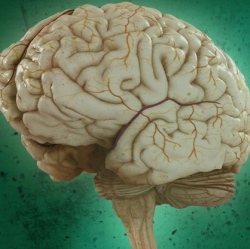
When making simple decisions, neurons in the brain apply the same statistical trick used by Alan Turing to help break Germany’s Enigma code during World War II, according to a new study by researchers at Columbia University’s Mortimer B. Zuckerman Mind Brain Behavior Institute and Department of Neuroscience.
Results of the study were published Feb. 5 in Neuron. As depicted in the film “The Imitation Game,” Alan Turing and his team of codebreakers devised the statistical technique to help them decipher German military messages encrypted with the Enigma machine.
(The technique today is called Wald’s sequential probability ratio test, after Columbia professor Abraham Wald, who independently developed the test to determine if batches of munitions should be shipped to the front or if they contained too many duds.)
Finding pairs of messages encrypted with the same Enigma settings was critical to unlocking the code. Turing’s statistical test, in essence, decided as efficiently as possible if any two messages were a pair.
The test evaluated corresponding pairs of letters from the two messages, aligned one above the other (in the film, codebreakers are often pictured doing this in the background, sliding messages around on grids). Although the letters themselves were gibberish, Turing realized that Enigma would preserve the matching probabilities of the original messages, as some letters are more common than others.
